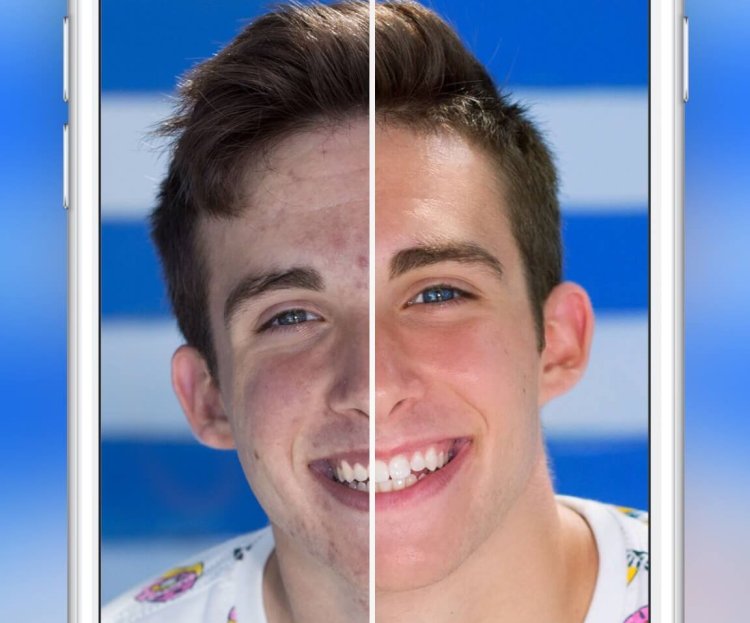Lightricks has released a new version of its popular Facetune app that may get as much attention for its new business model as the suite of new features.
With Facetune 2.0, the Israel-based developer is beginning a shift away from the paid download model that has propelled its indie success and toward the subscription model that Apple made available earlier this year to all developers in the App Store. With Facetune, the self-portrait editing app, and Enlight, a broader image-editing app, Lightricks has consistently ranked high on the lists of best-selling paid apps for the Apple App Store in recent years.
With the shift from a one-time payment model toward a recurring revenue stream and a new relationship with users, Lightricks is betting that it can leverage Apple’s new rules to grow at a dramatically faster clip.
“The mobile software landscape needs to shift away from free or small one-time payment models in order for developers to support sustainable R&D at a scale that continually delivers the newest and highest-grade experience to users,” said Zeev Farbman, cofounder and CEO of Lightricks, in a statement. “We are hoping that Apple’s new subscription model is going to do just that — enable tool makers to thrive on iOS, fostering the same kind of category defining software companies built during the desktop era.”
With Facetune 2.0, Lightricks is rolling out a wide set of new features. These include:
Face: This feature is driven by an artificial intelligence engine to let users reshape their faces while adjusting the proportions to make sure the changes fit naturally.
Live Preview: The app’s built-in camera includes this augmented reality features that lets users see what editing effects such as teeth whitening and skin smoothing will look like before they actually snap the photo.
Relight: The app’s AI engine lets users extend their control of the lighting environment with simple finger swipes.
But just as critical, users will be able to download the app for free, try new features, and buy them individually. Or users can subscribe to the app to access all the features, as well as all new features added in the future.
The new version will be available worldwide on November 25, but prices for features and subscriptions will vary from country to country. However, in the U.S., subscriptions prices are expected to be $3.99 per month, $14.99 for six months, $19.99 annually at the beginning.
Just prior to its Worldwide Developer Conference this summer, Apple announced that it will now allow all developers to use a subscription model, something that had existed previously for only a few select publishers and developers. In addition, Apple offered a new incentive: If a developer maintains a paying subscriber for at least a year, Apple will reduce its split from 30 percent to 15 percent.
Over time, that offers a chance for more stable revenue and a deeper relationship with customers for companies like Lightricks. But it’s not without risk.
After all, Lightricks was able to earn enough from its paid download model to bootstrap itself for two years before raising a round of $10 million of venture capital in 2015, its first outside funding.
But if the Lightricks and others can make this leap to subscriptions, the new revenue model may allow them to grow in ways that lets them match the size and strength of companies that built their businesses on desktop computing software. For Apple, the hope is that the new model continues to attract the best developers with greater incentives to create better experiences for iOS users rather than Android.
VentureBeat's mission is to be a digital town square for technical decision-makers to gain knowledge about transformative enterprise technology and transact. Learn More

